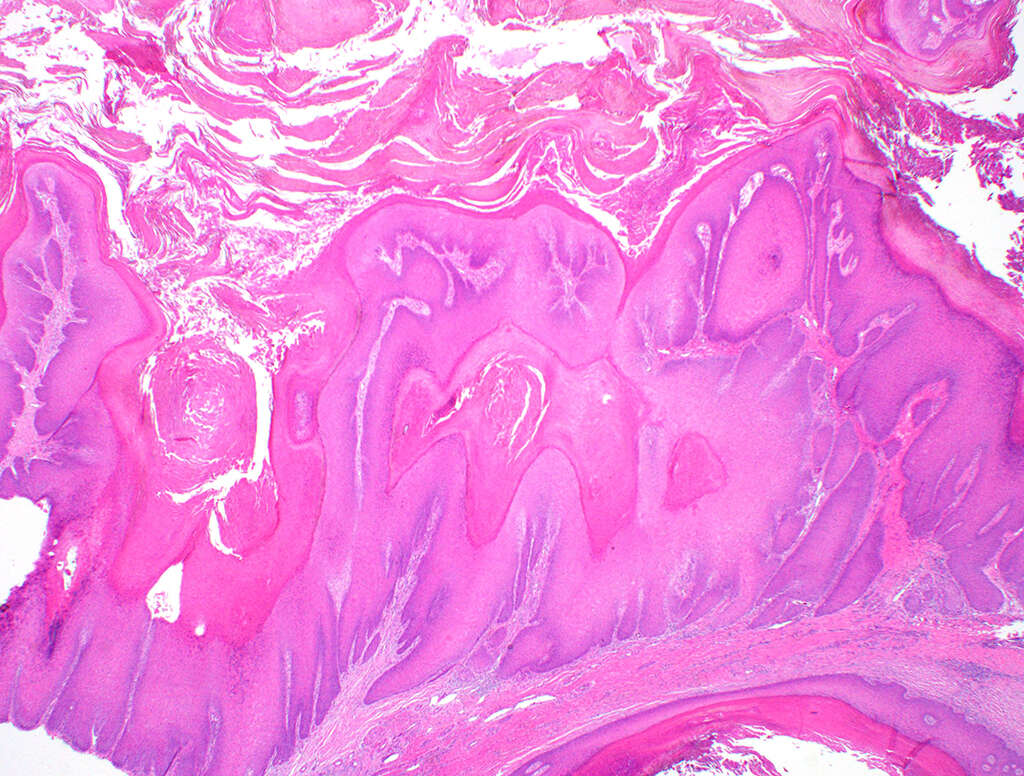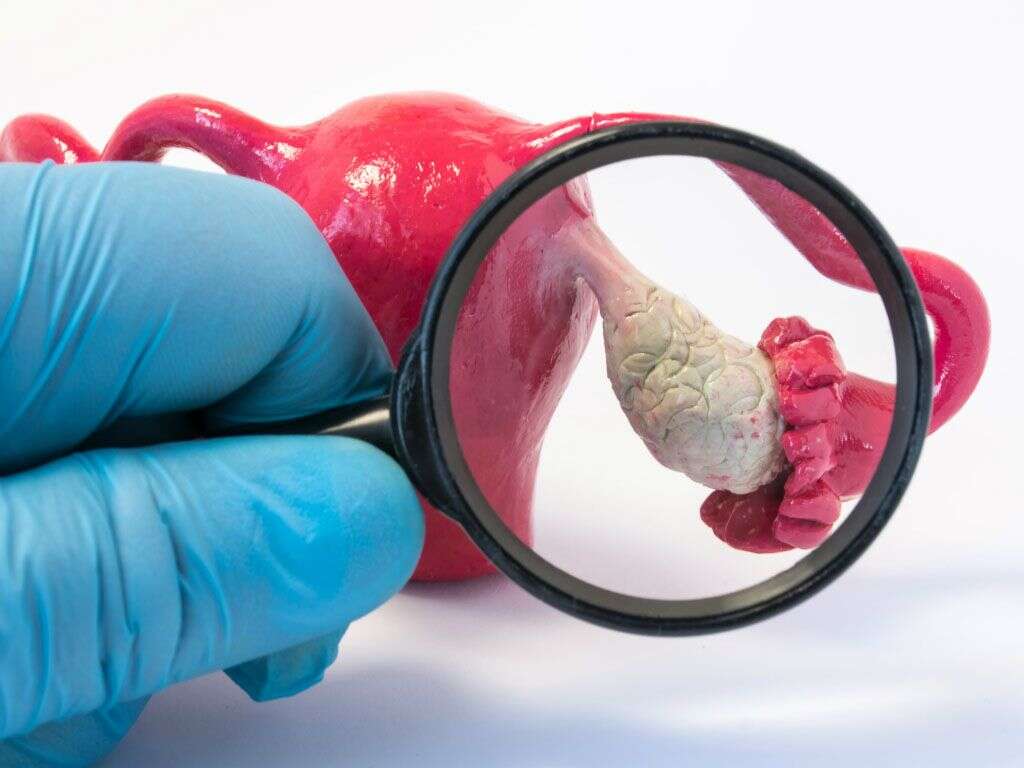10 Vulvar Cancer Symptoms
The vulva is a term that refers to the outer part of the female genitalia, which includes the vestibule or opening of vagina, labia majora (outer lips), labia minora (inner lips), and clitoris. The labia majora is a set of skin folds on the outer side of the opening of the vagina. It is called labia majora as the outer folds are larger than the inner folds (labia minora). The labia majora has hair on the surface. The inner set of folds known as labia minora are smaller and hairless. Both the two sets of labia function to protect the vaginal opening and urethral opening. On each side of the vaginal opening are Bartholin glands which function to produce a mucus-like fluid for lubrication purposes during sexual intercourse. The clitoris is a highly sensitive tissue covered by a small hood of skin known as the prepuce. Finally, the space between the anus and vagina is known as the perineum.
Vulvar cancer occurs when there is a malignant and invasive growth in the outer region or inner portion of the vulva. The risk factors of vulvar cancer include a history of exposure to human papillomavirus, increasing age, smoking, a history of precancerous lesions of the vulva, and human immunodeficiency virus (HIV) infection. The most common sites for vulvar cancers are the labia majora (50 percent) followed by labia minora. The Bartholin glands and clitoris are rarely involved. The types of vulvar cancer include squamous cell carcinoma, adenocarcinoma, melanoma, sarcoma, and basal cell carcinoma.
In the United States, vulvar cancers represent 0.7 percent of all cancers in women and nearly 6 percent of all gynecologic cancers. According to the American Cancer Society’s estimation for vulvar cancer in the United States for the year 2018, approximately 6,190 vulvar cancers will be diagnosed with 1,200 deaths.

Symptom #1: Sores Or Ulcers On The Vulva
An ulcer or sore is a break or discontinuity in the skin, mucous membrane, or epithelium due to the sloughing out of inflamed necrotic tissue. Examples of sores include ulcerative dermatitis, pressure ulcers, genital ulcer, diabetic foot ulcer, mouth ulcer, corneal ulcer, peptic ulcer, venous ulcer, and more.
In vulvar cancer, the sore or ulcer is located on the vulva and does not go away. Sores or ulcers on the vulva can also be due to other conditions such as sexually transmitted diseases. Those who experience this issue should see a physician to rule out serious conditions.

Symptom #2: Pruritus
Pruritus or itching is a feeling where the affected individual has a desire to scratch. It has been demonstrated to have many similarities to pain, which is also a sensory and unpleasant experience. While pain results in a withdrawal reflex, itching leads to a scratching reflex. Scratching has always been a method to relieve oneself of the itch sensation.
Some of the causes of itching includes allergy, body louse infestation, cutaneous larva migrans, herpes, insect bites, photodermatitis, scabies, presence of foreign objects, urticaria, dandruff, psoriasis, eczema, and many more. In vulvar cancer, the itching is on the vulva and is persistent without going away.

Symptom #3: Pelvic Pain
Pelvic pain refers to pain that occurs in the pelvis and lower abdomen. This pain may occur due to problems in the urinary, reproductive, digestive, or musculoskeletal systems. Depending on the source of the pain, it can be a sharp or dull pain with different levels of intensity and duration. It can also radiate to other parts of the body such as the lower back, thighs, or buttocks.
The pain can be exacerbated or aggravated by certain activities such as urination or during coitus. Examples of conditions with pelvic pain include endometriosis, adenomyosis, menstrual cramps, ovarian cancer, pelvic inflammatory disease, vulvar cancer, and more.

Symptom #4: Dysuria
Dysuria is a term that describes pain or discomfort during urination. The sensation can be described as a burning or stinging pain that most commonly occurs due to a urinary tract infection.
Other potential causes of dysuria include bladder stones, bladder tumors, side effect of medications, sexually transmitted diseases, endometrial cancer, and more. In vulvar cancer, dysuria may occur because of the involvement of the urinary system or nerves.

Symptom #5: Dyspareunia
Dyspareunia refers to pain during sexual intercourse. There are many potential reasons for dyspareunia such as psychological, medical, social, or relationship causes. Dyspareunia can also be seen in conditions such as ovarian cancer, uterine cancer, cervical cancer, endometrial cancer, vulvar cancer, and more.
The pain caused by dyspareunia can be felt deep in the pelvis or on the surface of the skin. Women who experience dyspareunia should seek a professional opinion as it is a symptom that can greatly affect their quality of life.

Symptom #6: Lump On The Vulva
A lump or a swelling on the vulva can develop for various reasons. These lumps and bumps can often cause discomfort, pain, and anxiety. Some of the causes of lumps on the vulva include vulvar cysts, vaginal cysts, Fordyce spots, ingrown hair, skin tags, warts, and cancer.
Women who experience a lump on the vulva should seek professional opinion especially if they have risk factors for cancer such as smoking, increasing age, human papillomavirus infection, positive family history, or a history of lichen sclerosus. Women should see a doctor upon discovery of the lump as early diagnosis and treatment can greatly improve prognosis.
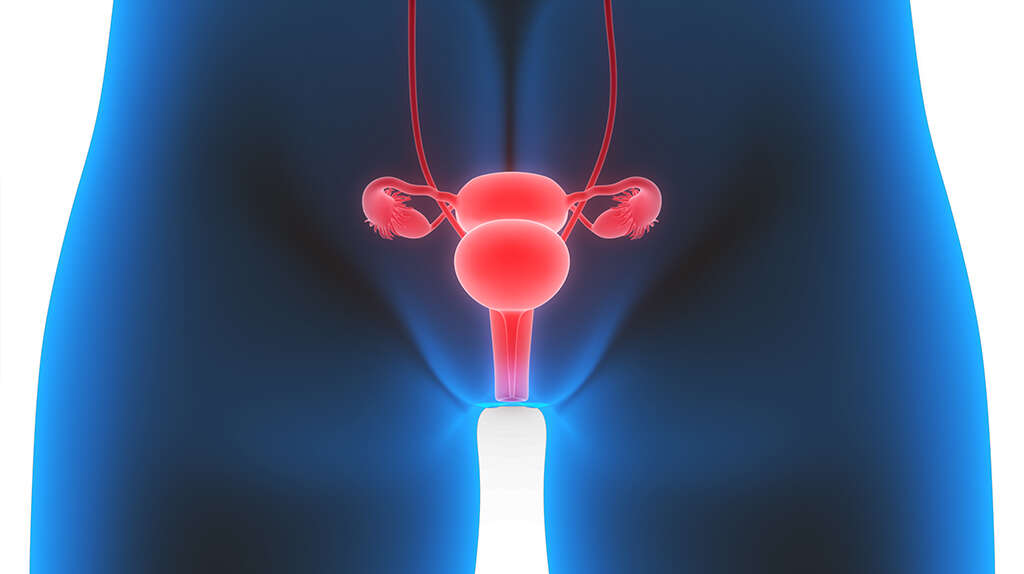
Symptom #7: White Patches
Whitish patches that appear on the genitals may be due to a skin disease known as lichen sclerosus. Lichen sclerosus can affect any part of the body but has a predisposition to occur on the genitals. It is also known as balanitis xerotica obliterans if it affects the penis.
Although it is not contagious, its presence increases the risk of skin cancer. Skin affected by lichen sclerosis, especially among women, may develop vulvar carcinoma. It is seen in 3 to 7 percent of vulvar squamous cell carcinoma cases. Other associated symptoms of lichen sclerosus include itching, pain, dyspareunia, tearing, peeling, and easy bruising of the skin.
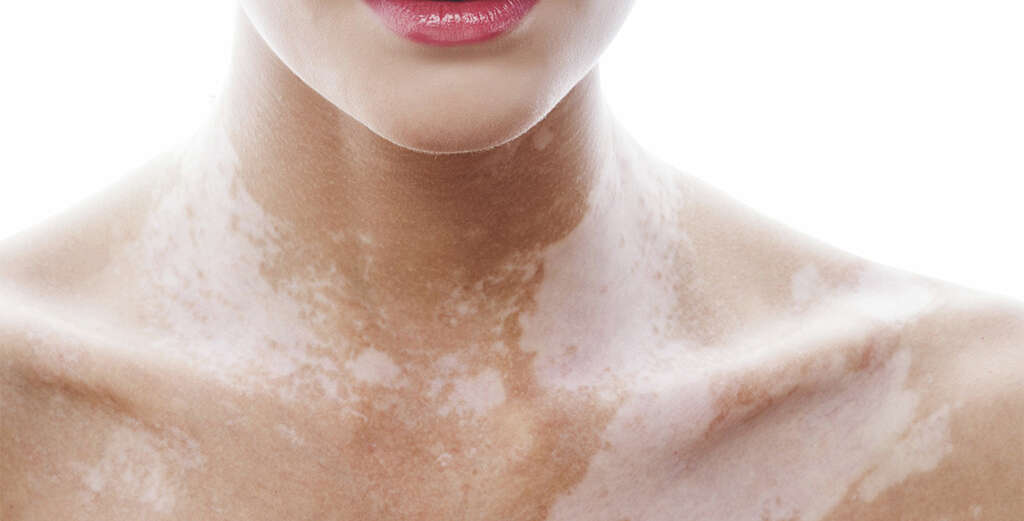
Symptom #8: Changes In A Mole
In melanoma of the vulva, patients often experience symptoms such as an itching lump, pain, and bleeding or discharge. While vulvar melanomas are usually dark brown or black, they can also be red, pink, or white. They are most commonly found in the areas around the labia majora, labia minora, or clitoris. However, they can also occur throughout the vulva.
Vulvar melanomas can also begin with a mole. Therefore, changes in the appearance of a mole that was previously present is an indication of melanoma. The changes to keep track of in a mole are asymmetry, border irregularity, differing shades of color, diameters of more than 6 mm, and changes in color, size, or shape. Patients who experience changes in a mole should see a physician.
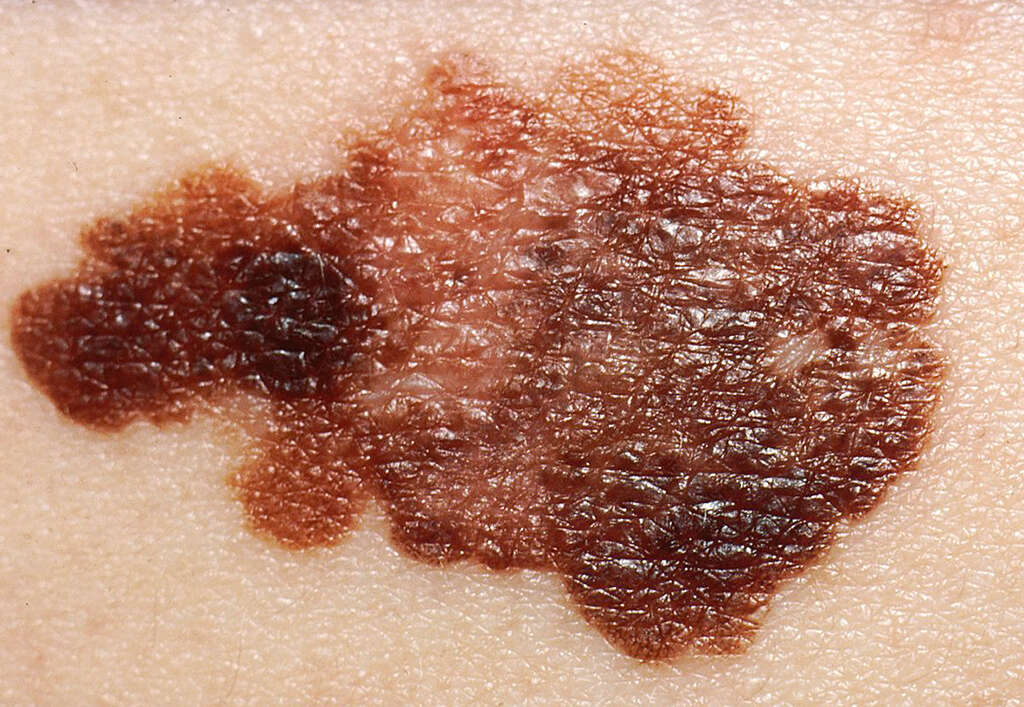
Symptom #9: Skin Changes
Skin changes that occur in the vulva can be a symptom of vulvar cancer. Subtle changes such as the difference in the color of skin in the vulva should prompt a patient to keep track of other possible symptoms.
Other skin changes such as the presence of warts or rashes are also potential symptoms. It is important for women to pay attention to their own bodies to know what is normal for themselves. Changes that do not seem normal should warrant a visit to the doctor’s office.

Symptom #10: Growths
Verrucous carcinoma is a type of squamous cell vulvar cancer that can present with cauliflower-like growths that are similar to genital warts. It is usually slow growing but can be locally aggressive and penetrate the skin, fascia, and bone. It can also appear to look like a large wart and a biopsy is required to determine if it is benign or malignant.
While it is a condition that can affect any part of the skin or mucosa, it is most commonly found at sites such as the oral cavity, sole, and anogenital region. Although verrucous carcinoma is an uncommon type of vulvar cancer, it is important to discover it as early as possible as it has a good prognosis for treatment and recovery.
